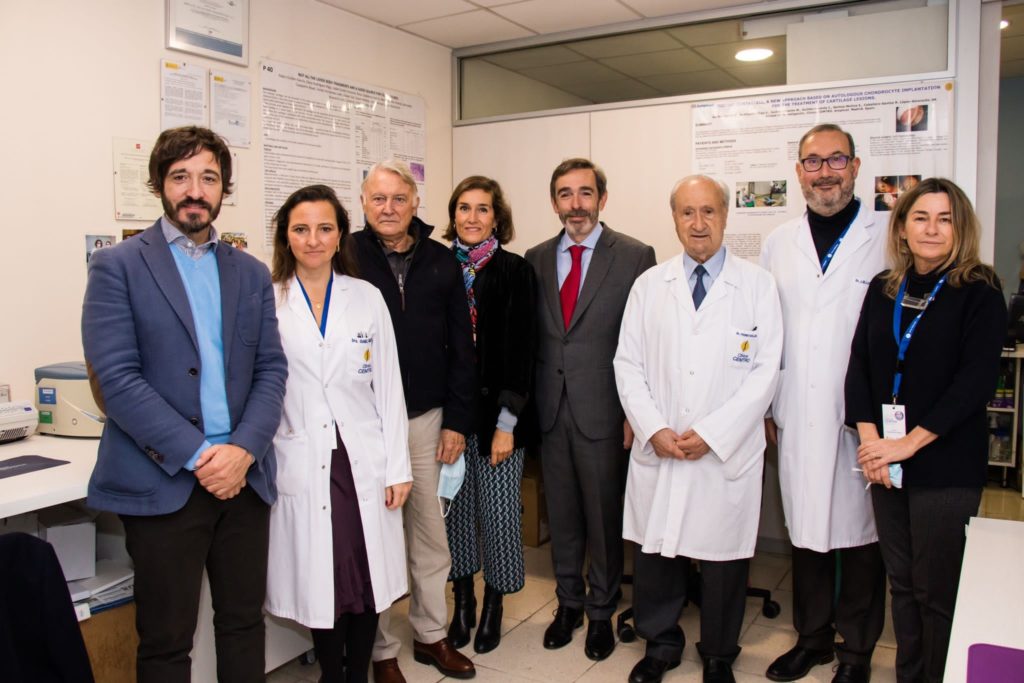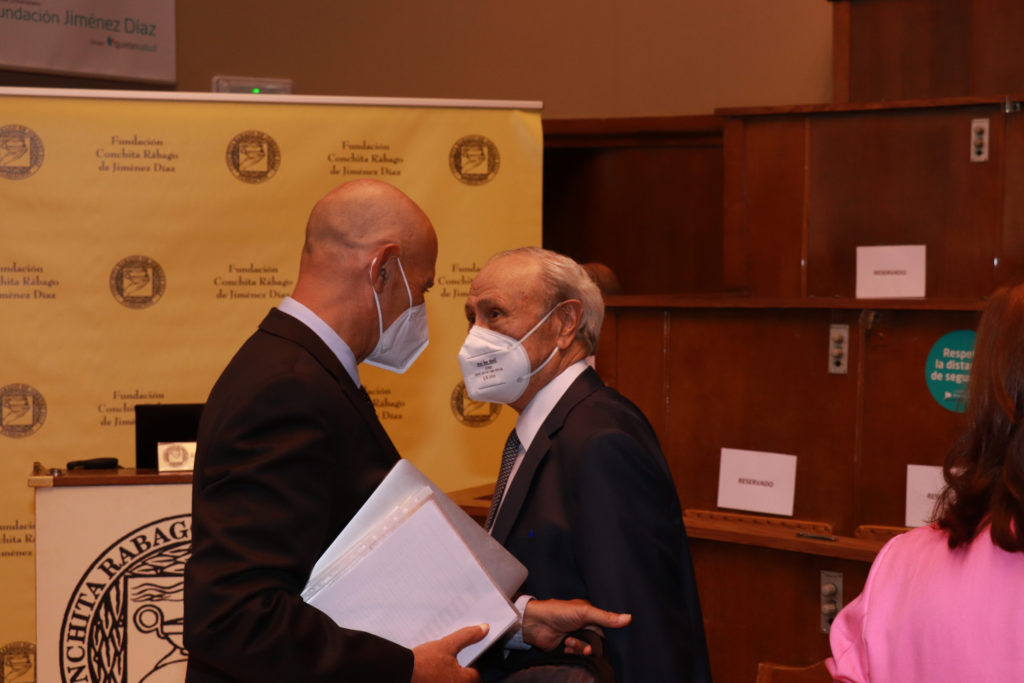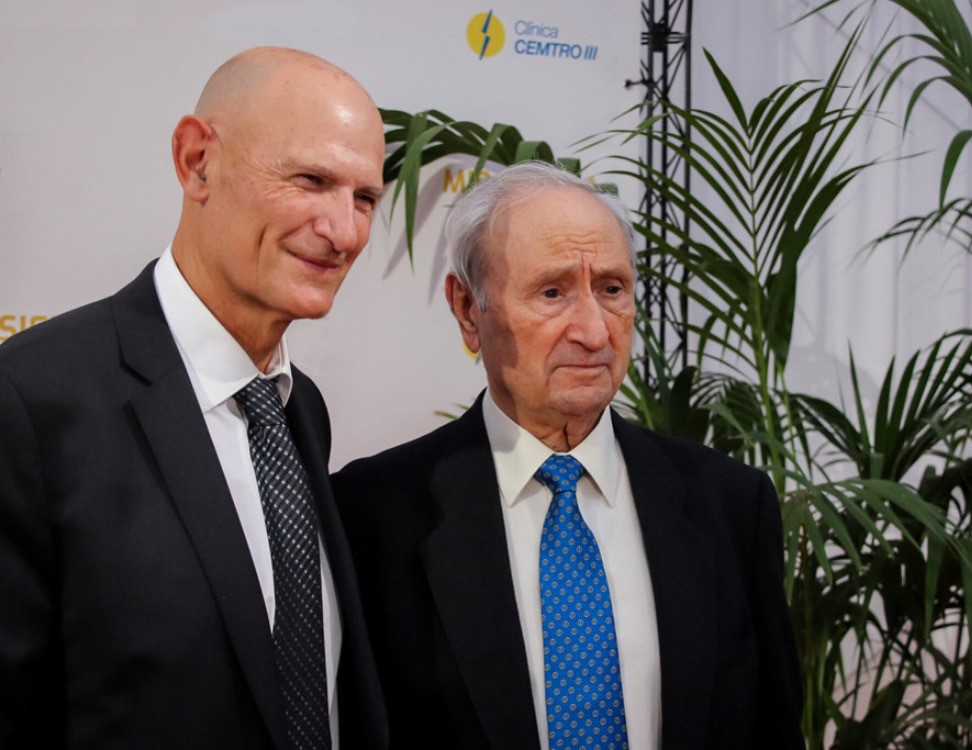Stabilization of heterochromatin by CLOCK promotes stem cell rejuvenation and cartilage regeneration.
Publicado en: Nature Communications
Abstract. Accumulating evidence indicates an association between the circadian clock and the aging process. However, it remains elusive whether the deregulation of circadian clock proteins underlies stem cell aging and whether they are targetable for the alleviation of aging-associated syndromes. Here, we identified a transcription factor-independent role of CLOCK, a core component of the molecular circadian clock machinery, in counteracting human mesenchymal stem cell (hMSC) decay. CLOCK expression was
decreased during hMSC aging. In addition, CLOCK deficiency accelerated hMSC senescence, whereas the overexpression of CLOCK, even as a transcriptionally inactive form, rejuvenated physiologically and pathologically aged hMSCs. Mechanistic studies revealed that CLOCK formed complexes with nuclear lamina proteins and KAP1, thus maintaining heterochromatin architecture and stabilizing repetitive genomic sequences. Finally, gene therapy with lentiviral vectors encoding CLOCK promoted cartilage
regeneration and attenuated age-related articular degeneration in mice. These findings demonstrate a noncanonical role of CLOCK in stabilizing heterochromatin, promoting tissue regeneration, and mitigating aging-associated chronic diseases.
Referencia:
Liang C, Liu Z, Song M, Li W, Wu Z, Wang Z, Wang Q, Wang Si, Yan K, Sun L, Hishida T, Cai Y, Izpisua Belmonte JC, Guillen P, Chan P, Zhou Q, Zhang W, Qu J, Liu GH. Stabilization of heterochromatin by CLOCK promotes stem cell rejuvenation and cartilage regeneration. Cell Res 2020 Jul;31(2):187-205. doi: 10.1038/s41422-020-0385-7




